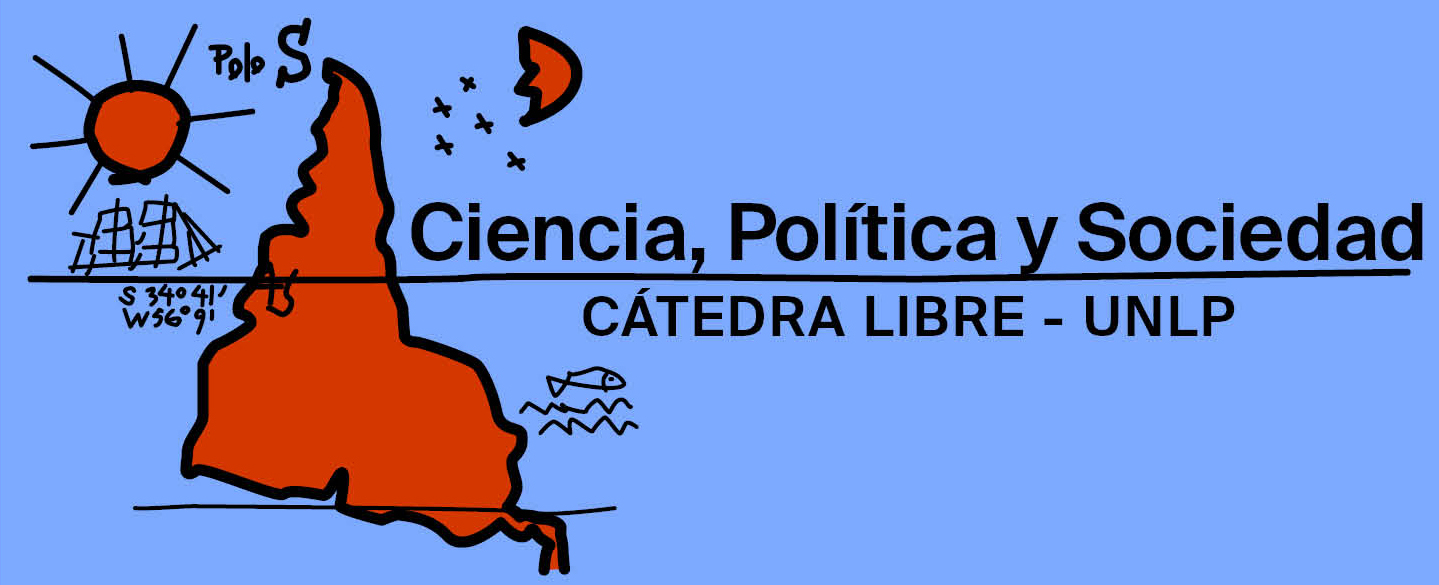Evolution of space technology development in Argentina
DOI:
https://doi.org/10.24215/26183188e118Keywords:
space policy, institutional interest, rocketry, satellitesAbstract
This paper aims to characterize Argentina’s space technology from a systemic perspective through its various developments in rocketry and satellites, from 1960 to the present. For this purpose, the analyzed period is subdivided into three stages, taking into account the political and institutional aspects of each one and the experiments and developments carried out during them. In addition, various figures of merit are used to characterize some aspects of the developments in each stage.
Downloads
Metrics
References
Biagi, J. (2022). Argentina espacial. Parte II. Cápsula Espacial. Revista Digital de Astronáutica y Espacio, (73). https://archive.org/details/capsula-espacial-n-73-argentina-espacial-parte-ii/page/6/mode/2up
Blinder, D. (2015). Hacia una política espacial en la Argentina. Revista Iberoamericana de Ciencia, Tecnología y Sociedad, 10(29), 65-89.
Blinder, D. (2017). Argentina en el espacio: política internacional en relación a la política tecnológica y el desarrollo industrial. Revista de Relaciones Internacionales, Estrategia y Seguridad, 12(1), 159-183.
Blinder, D. (2019). Geopolítica de las tecnologías estratégicas y no estratégicas. Revista Estudos Internacionais, 7(2), 42-57. https://doi.org/10.5752/P.2317-773X.2019v7.n2.p42-57
Comisión Nacional de Actividades Espaciales. (2021). Mirar la tierra desde el espacio: 30 años de la Agencia Espacial Argentina. CONAE.
De León, P. (2017). El proyecto del misil Cóndor. Su origen, desarrollo y cancelación. Lenguaje Claro Editora.
De León, P. (2018). Historia de la actividad espacial en Argentina. Lenguaje Claro Editora.
De Weck, O. (2022). Technology roadmapping and development. A quantitative approach to the management of technology. Springer. https://doi.org/10.1007/978-3-030-88346-1
Infoespacial. (27 de diciembte de 2013). Argentina lanza con éxito el cohete sonda Experiencia Centenario. Infoespacial. https://www.infoespacial.com/texto-diario/mostrar/3570323/argentina-lanza-exito-cohete-sonda-experiencia-centenario
Innovación, Ciencia y Tecnología. (2023). CEPAL. https://www.cepal.org/es/subtemas/innovacion-ciencia-tecnologia#
Kulichevsky, R. (6 de septiembre de 2023). CONAE: desarrollo del sector espacial en la Argentina y planes futuros [Conferencia]. Programa Ing. Miguel de Santiago: Estudio y análisis de problemas trascendentes de la Argentina con soluciones técnicas, Facultad de Ingeniería de la Universidad Nacional de La Plata. https://www.youtube.com/watch?v=DnccoDnQmB8
López, A., Pascuini, P. y Álvarez, V. (2021). Integración local y derrames tecnológicos en el sector espacial argentino: situación y potencialidades (Documento de trabajo 8; Documentos para el Cambio Estructural). Consejo para el Cambio Estructural, Ministerio de Desarrollo Productivo de la Nación.
Lukin, T. (12 de julio de 2011). Lanzamiento exitoso del Gradicom. Página 12.
Moretti, M. (2024). La tercera era espacial: en camino a la nueva era de los descubrimientos. Boletín Observatorio Jurídico Aeroespacial, 14, 82-86.
Sabando, J., Sarmiento, R. y Hough, T. (2019). Un análisis de la tecnopolítica aeroespacial argentina. Revista Ciencia, Tecnología y Política, 2(2), 022. https://doi.org/10.24215/26183188e022
Published
How to Cite
Issue
Section
License
Copyright (c) 2024 Martín Nahuel Moretti

This work is licensed under a Creative Commons Attribution-NonCommercial-ShareAlike 4.0 International License.
The authors whose texts are published in this Journal surrender their ownership rights in favour of the editor in a non exclusive manner, i.e. the authors can enter into other independent and additional contracts to publish their text, e.g. including it in an institutional repository, thematic or otherwise, publish it in a book, or others, as long as it is overtly stated that the work was first published in this Journal.
The responsibility for each published paper as regards its content relies exclusively on its authors, holding the editors harmless for any legal liabilities.
The texts of the Journal shall be published under the Creative Commons 4.0 BY-NC-SA license. Therefore, the editors are free to:
1) Share, copy and redistribute the material using any means or format.
2) Adapt, remix, transform and create from the material, under the following conditions:
a) Attribution — credit to this work must be given in an appropriate manner, providing a link to the license and indicating if changes have been made.
b) Non-Commercial Use — no use may be made of the published material for commercial purposes.
c) Share Equal — Authors remixing, transforming or creating from the material must distribute their contribution under the same license as the original.
































